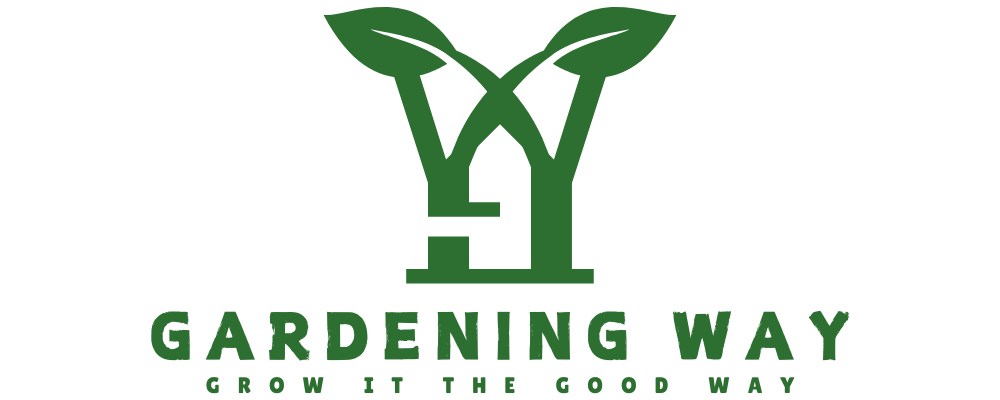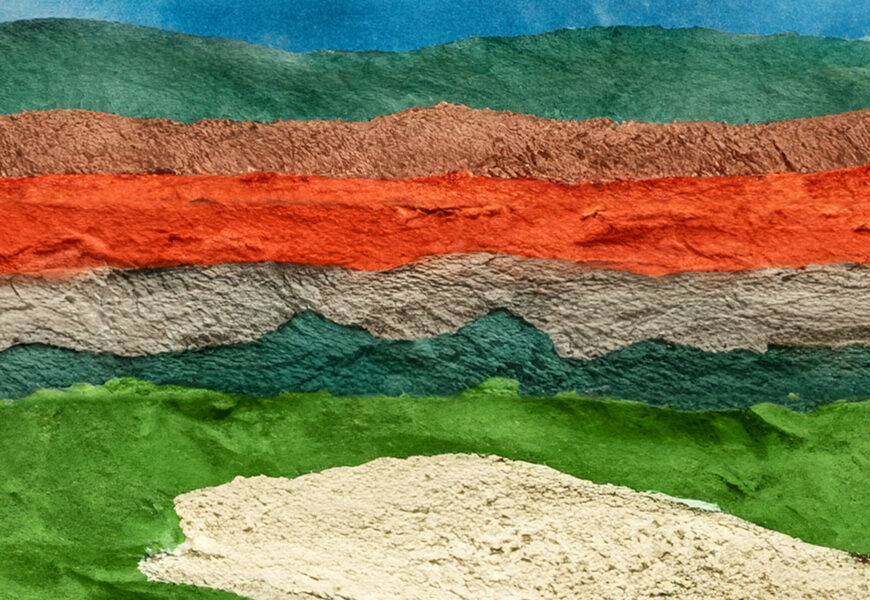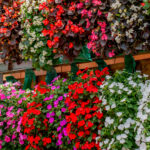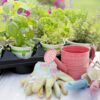Transform your kitchen scraps and yard waste into black gold for your garden! This comprehensive guide will walk you through starting and maintaining a successful compost system, whether you live in an apartment or have a spacious backyard.
Understanding Composting Basics
Composting is nature’s recycling system, turning organic waste into rich soil amendment. Before you begin, let’s understand the fundamental principles:
The Composting Recipe
Success depends on balancing four key elements:
- Greens (Nitrogen): Kitchen scraps, grass clippings
- Browns (Carbon): Dry leaves, paper, cardboard
- Water: Moisture balance
- Air: Proper circulation
Choosing Your Method
Select the composting system that fits your lifestyle:
- Traditional Pile: Perfect for larger yards
- Tumbler: Great for medium spaces
- Worm Composting: Ideal for apartments
- Bokashi: Kitchen-friendly method
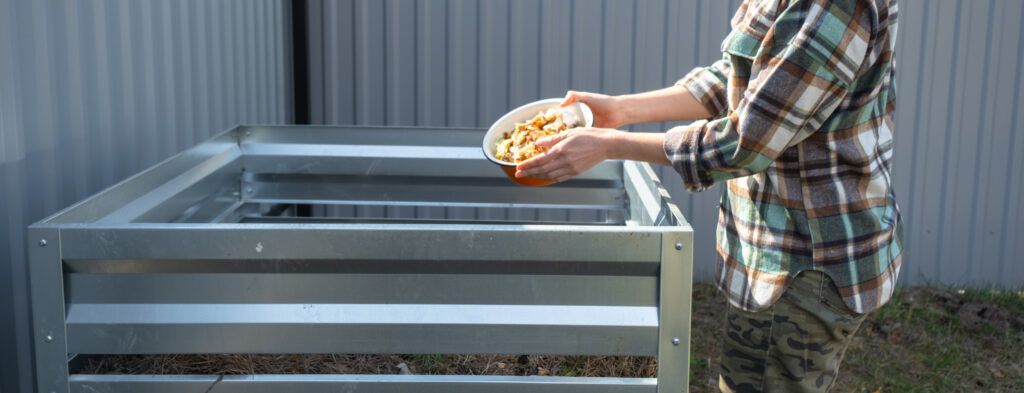
Setting Up Your Compost System
Location Considerations
Choose a spot that is:
- Easily accessible
- Well-drained
- Partially shaded
- Away from structures
- Convenient for kitchen access
Essential Materials
Gather these basic supplies:
- Container or bin
- Brown materials
- Green materials
- Basic tools
- Water source
The Composting Process
What to Compost
Good materials include:
- Fruit and vegetable scraps
- Coffee grounds and filters
- Eggshells
- Yard trimmings
- Paper products
What to Avoid
Never compost:
- Meat or dairy
- Oils or fats
- Diseased plants
- Chemically treated materials
- Pet waste
Maintenance and Troubleshooting
Regular Care
Keep your compost healthy by:
- Monitoring moisture
- Turning regularly
- Balancing materials
- Checking temperature
Common Problems and Solutions
Address these typical issues:
- Bad odors: Add more browns
- Slow decomposition: Check moisture
- Pests: Adjust food scraps
- Too wet: Add dry materials
Using Your Compost
When It’s Ready
Your compost is ready when it:
- Looks like dark soil
- Smells earthy
- Has consistent texture
- Shows no original materials
Application Methods
Use your finished compost:
- As a soil amendment
- For top dressing
- In potting mixes
- As compost tea
Remember, composting is a journey of continuous learning. Start simple and adjust as you gain experience. Your garden will thank you with healthier, more productive plants.
